Blog
Zesty Hot Cross Buns & Saffron Hot Cross Bun Loaf
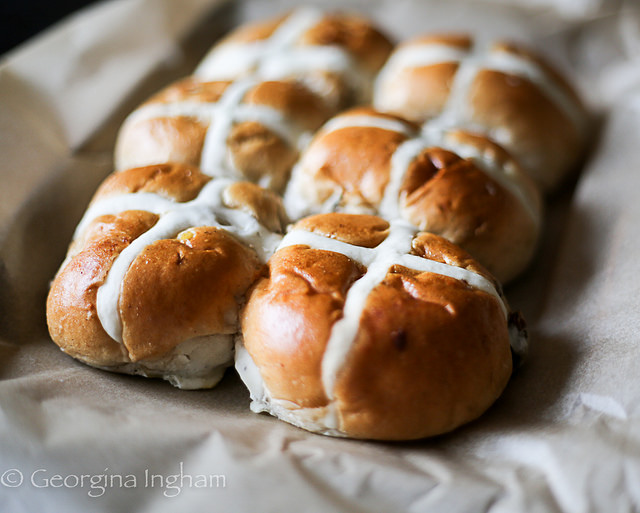
Yesterday marked the first day of spring, not that you'd have thought it looking at the cold, damp, grey weather. Still a spot of baking always brightens the mood and what better than a couple of Easter inspired classics?
Hot Cross Buns Easter begins with a fast and finishes with a feast. Even if you don’t truly abide by the Lenten fasting it is likely you still mark the onset with pancakes on Shrove Tuesday - the day before Lent or indulge in the feasting afterwards with Easter eggs and hot cross buns aplenty.
Of course Easter is a great time for traditional baking, many recipes for which are types of yeast-risen spiced breads enriched with butter and eggs. They are often laden with luxurious ingredients such as dried fruit, nuts, candied peel and precious spices.
As with most traditional bakes nowadays, these breads can be enjoyed all year round, but they are all the more scrumptious eaten during the Easter period, with the celebrations in full force! The most famous of these bakes surely has to be the hot cross bun.
Traditionally Hot Cross Buns are associated with Good Friday, and they are chockfull of Christian symbolism - you have got the bread, as per the communion, you have got the spices that represent the spices used in Jesus’s entombment, and you have got the cross which of course represents the crucifixion itself.
However, dig a little deeper into the history books and the precise role of hot cross buns in Christianity and even their provenance seems to be more than a little hazy.
Google the term and you'll find a plethora of theories - that they go back to Roman times, that they are a Saxon thing, and even that they are a pagan rather than Christian item. You will very often see a suggestion that a 12th Century monk first incised a cross on a bun. Yet another recent theory tied the tradition of the buns to a monk in 14th Century St Albans.
The idea of marking crosses on baked goods such as bread, cakes and buns in general goes right back to pre-Medieval times and was seen to be a visible sign that the bread was “blessed” and had the power to ward off evil spirits, as well as help with the longevity of the bread by stopping it going mouldy or staling quickly.
Still further references tie them only into the Easter tradition from the Elizabethan era. It is suggested that they were viewed with suspicion by some Protestants and that legal moves were made to restrict their consumption to Easter and some other festival periods. But the Oxford English Dictionary's first reference to hot cross buns is only from 1733. It's in the form of the ditty: "Good Friday comes this Month, the old woman runs, With one or two a Penny hot cross Bunns." The fact that the words of the famous song appear in this reference does rather suggest that the term may have been around a while before that, but any history of the bun wanders into conjecture, says food historian Ivan Day, who runs the Historic Food website. "The trouble with any folk food, any traditional food, is that no-one tended to write about them in the very early period”.
It is not even absolutely clear when the buns are supposed to be eaten. The Church associates them with Good Friday, that day when the symbolism of the cross is all important. But you can find some references to them being eaten during Lent; though this seems odd, as something containing spices and butter does not seem to sit well with the dietary restrictions of that period. And that was before somebody thought of adding chocolate, caramel and other such non traditional items.
Similar to the hot cross bun is Cornish saffron cake The Cornish Saffron cake is now normally made as an oblong loaf, but can also be made as buns, or as a round loaf.
Whilst always called a cake, the texture is akin to a sweet yeasted spiced fruit bread, and almost always served thickly spread with lots of butter. Although, I prefer to slather mine with clotted cream and lemon or orange curd.
The cake has a deep golden crust and a pronounced yellow crumb which is speckled with fruits. The flavour can be described as mildly sweet with a slightly astringent, earthy saffron tang. You do need to be careful not to use too much saffron though, otherwise it can taste distinctly medicinal.
Recipes for saffron cake vary in combinations of spices and dried fruits, varying from village to village, however, the basic recipe contains flour, sugar, fruit, fat – traditionally lard – yeast and saffron.
Due to the high price of saffron, producers have frequently and deliberately replaced saffron with turmeric and nowadays yellow food colouring, however this has great impact on the flavour of this delicate cake and should be avoided. Saffron comes from the plant Crocus Sativus, which is indigenous to the near East. The Romans brought Saffron to England, and Cornwall was a principle trading point for tin which was traded for Saffron and other goods. Saffron growing became established in Cornwall in both the Bude and Mounts Bay areas of the county, and in the east of England around Cambridgeshire and Essex, where the town Saffron Waldon takes its name.
The spice was widely used in British cookery between 1600 and 1700. However, the emergence of other spices and commercial dyes in 1700 led to the decline in saffron, with the exception of Cornwall.
The use of saffron within Cornish sweet breads and buns is largely responsible for the survival of saffron within Britain. Originally, saffron buns were eaten with clotted cream on Good Friday, and then later adopted more generally by the Methodist church, for which Cornwall was a stronghold, for their “Tea treats” which ensured that this delicious loaf did not die out.
Almost all saffron is now imported, with Iran producing 90-95% of the world's harvest but it is also grown in Spain, Greece, North Africa, India and China, and, on a very small scale in parts of the UK, including Cornwall. The harvesters work through the night to pick the flowers then painstakingly remove two or three stigmas from each flower head, all by hand. It takes more than 1000 flowers to produce just 100g saffron - hardly any wonder it is so expensive, working out more expensive per gram than gold!
Whatever their history, hot cross buns and Cornish saffron cake certainly make perfect tea time treats, so I am entering them into Lavender & Lovage and The Hedgecombers monthly Tea Time Treats event.
Zesty Hot Cross Buns Recipe
By Georgina Ingham
Adapted from the BBC Good Food Magazine (March 2016)
Ingredients
250ml full fat milk
2 oranges Zest
50 g plus extra for greasing butter, cubed
500g plus 140g for crosses and extra for dusting strong white flour
1/2 teaspoon ground cinnamon
85g caster sugar
7g sachet fast-action dried yeast
1 beaten egg plus 1 to glaze
200g marzipan
100g mixed dried fruit
50g mixed peel
1 tablespoon plus extra to serve blood orange curd
Instructions
1. Warm the milk and orange zest in a small saucepan until steaming.
2. Remove from the heat and add the butter, swirling the pan until it has melted and the milk has cooled slightly.
3. Mix the flour, cinnamon, sugar, yeast and 1 teaspoon salt in the bowl of a free-standing mixer.
4. Pour in the milk mixture and the beaten egg, and knead with the dough hook until smooth and elastic, about 10 mins — the dough should bounce back when pressed with your finger.
5. Transfer to a clean greased bowl, cover with a tea towel and leave to rise for 2 hours or until doubled in size.
6. Dust your largest baking tray with flour.
7. Tip the dough onto the work surface and knead again to knock out any air bubbles.
8. Roll the dough to a rectangle roughly 30 x 40cm.
9. Grate the marzipan on the coarse side of a cheese grater, straight onto the dough, covering the whole surface and scatter over the dried fruit and candied peel too.
10. From one of the longer edges, roll up the dough into a tight sausage shape.
11. Use a sharp knife to cut the dough into 12 equal pieces, then lightly roll each piece into a smooth ball, closing the cut edges.
12. Try not to overwork the dough or you'll lose the layers of marzipan.
13. Arrange the balls on the tray, smooth-side up, leaving a small gap between each one.
14. Cover loosely with a tea towel and leave somewhere warm to prove for 1 hour or until almost doubled in size — the buns should be just touching.
15. Heat oven to 180C.
16. Brush the buns with a little beaten egg.
17. Mix the 140g flour with enough water to make a thick, smooth paste, then transfer to a piping bag fitted with a small round nozzle.
18. Use the paste to pipe crosses over the buns.
19. Bake for 25 mins until deep golden brown and cooked through.
20. Mix the blood orange curd with 1-2 teaspoons of water to loosen it a little, then brush over the top of the buns.
21. Leave to cool for 10 mins on the baking tray and serve warm from the oven or toasted, with butter and blood orange curd.
Details
- Prep time: 3 hour 30 mins
- Cook time: 25 mins
- Total time: 3 hour 55 mins
- Yield: 12
Saffron Hot Cross Bun Loaf
By Georgina Ingham
Adapted from Delicious Magazine (March 2016)
Ingredients
2 tablespoons hot water
500g strong white bread flour
75g caster sugar
7g sachet easy blend yeast
200ml full fat milk
2 medium eggs
75g plus more for greasing salted butter
200g mixed fruit
clotted cream and blood orange curd for serving
For the decoration
25g plain flour
1 teaspoon sunflower oil
2-3 teasponns cold water
For the glaze
2 tablespoons blood orange curd
1-2 teaspoons water
- 1. Place the saffron in a small bowl and add the hot water, leave to steep for a few minutes to release the colour and flavour.
- 2. Warm the milk in a small saucepan until steaming.
- 3. Remove from the heat and add the butter, allowing it to melt and the milk to cool slightly.
- 4. Mix the flour, sugar and yeast in the bowl of a free-standing mixer.
- 5. Pour in the saffron water, milk mixture and the beaten egg, and knead with the dough hook until smooth and elastic, about 10 mins — the dough should bounce back when pressed with your finger. Transfer to a clean greased bowl, cover with a tea towel and leave to rise for 2 hours or until doubled in size.
- 6. Grease a 900g loaf tin well with butter.
- 7. Tip the dough onto the work surface and knead again to knock out any air bubbles.
- 8. Roll the dough to a rectangle roughly 30 x 40cm.
- 9. Scatter over the dried fruit and knead to incorporate the fruit
- 10. Use a sharp knife to cut the dough into 10 equal pieces, then lightly roll each piece into a smooth quite tall round, closing the cut edges.
- 11. Arrange the balls side by side in the loaf tin, smooth-side up, leaving a small gap between each one.
- 12. Cover loosely with a tea towel and leave somewhere warm to prove for 1 hour or until almost doubled in size.
- 13. Heat the oven to 180C.
- 14. Brush the buns with a little beaten egg.
- 15. Mix the ingredients for the decoration to make a thick, smooth paste, then transfer to a piping bag fitted with a small round nozzle.
- 16. Use the paste to pipe crosses over the buns.
- 17. Bake for 35-40 mins until deep golden brown and cooked through.
- 18. Mix the blood orange curd with 1-2 tsp water to loosen it a little, then brush over the top of the buns.
- 19. Leave to cool for 10 mins on the baking tray.
- 20. Serve warm from the oven or toasted, with clotted cream and blood orange curd.
Details
- Prep time: 3 hours 40 mins
- Cook time: 35 mins
- Total time: 4 hours 15 mins
- Yield: 1 900g loaf


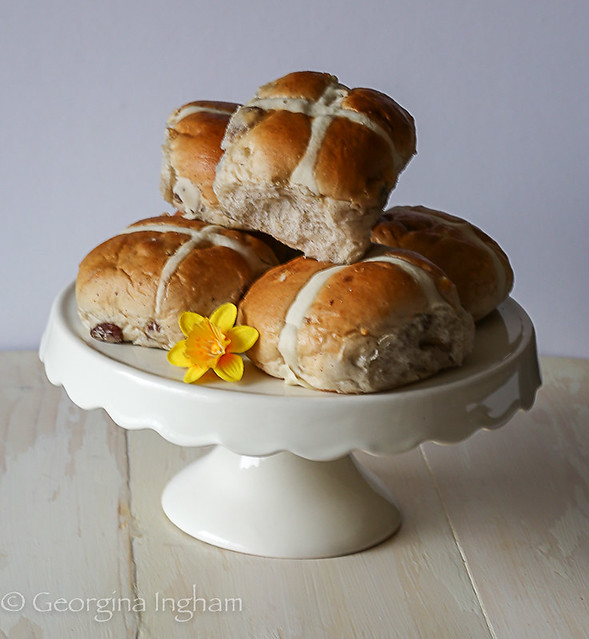
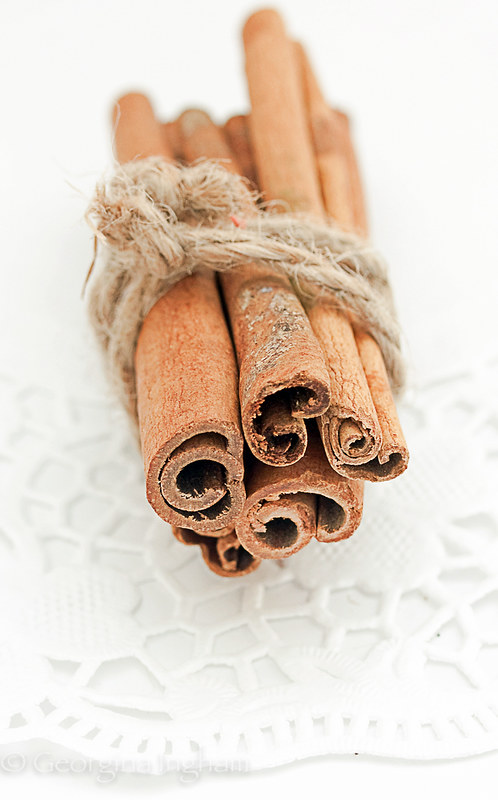
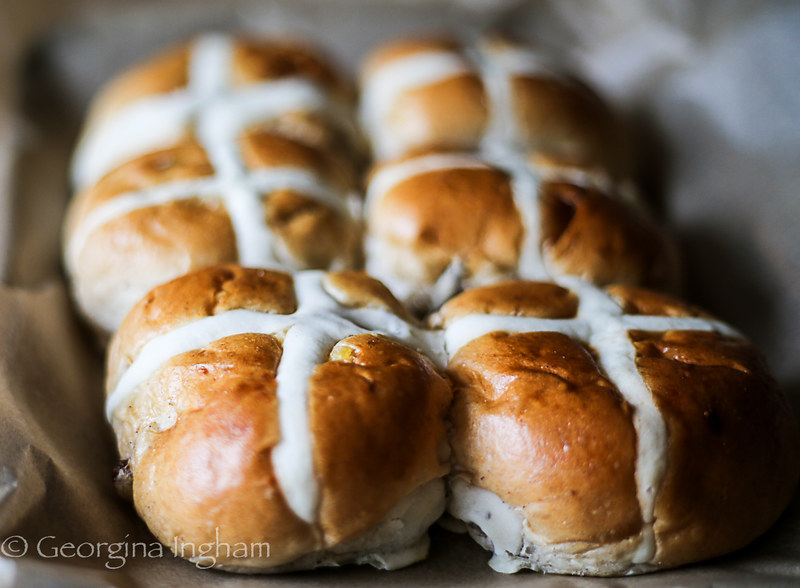
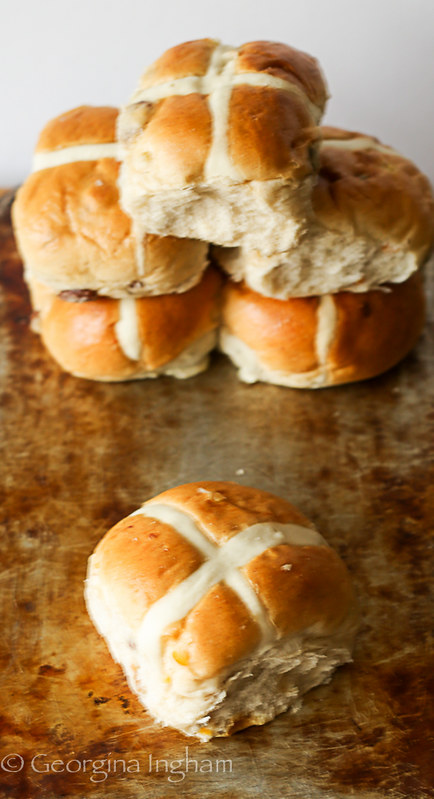
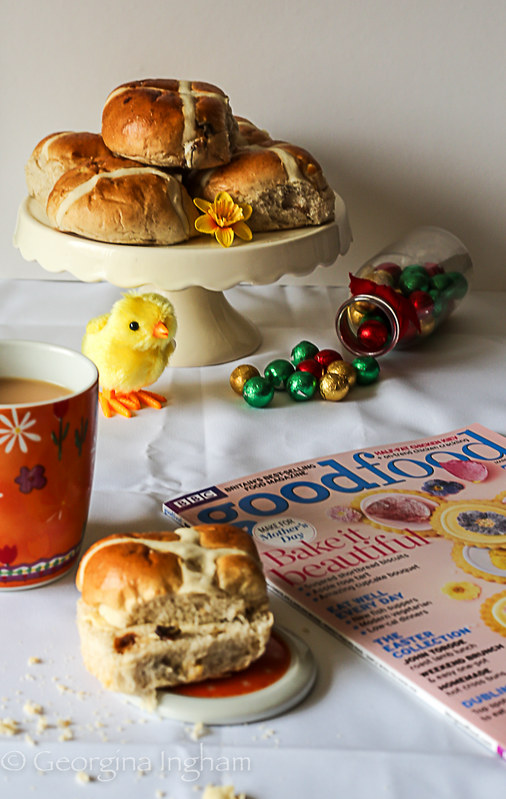
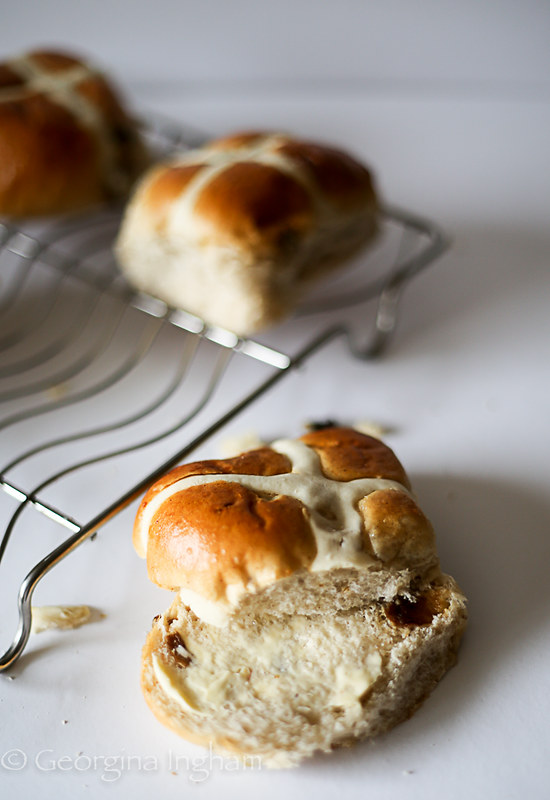
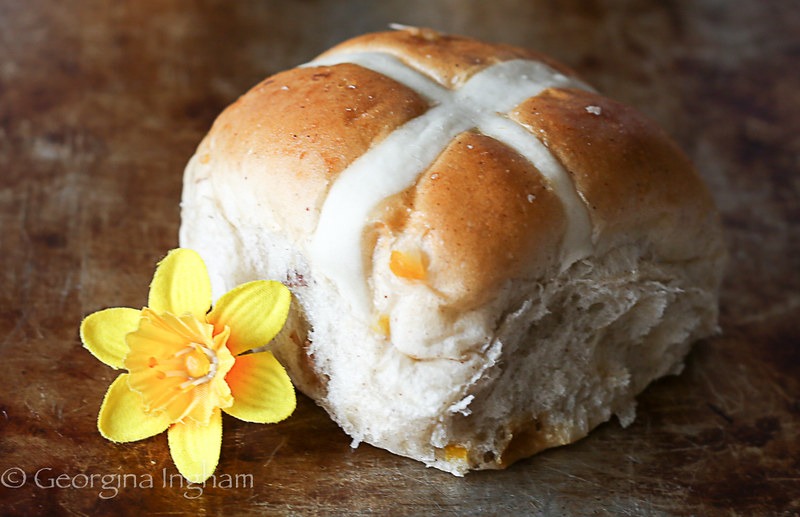


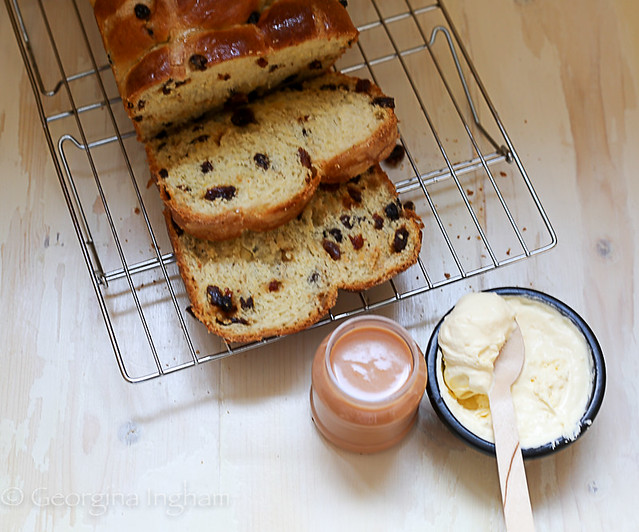
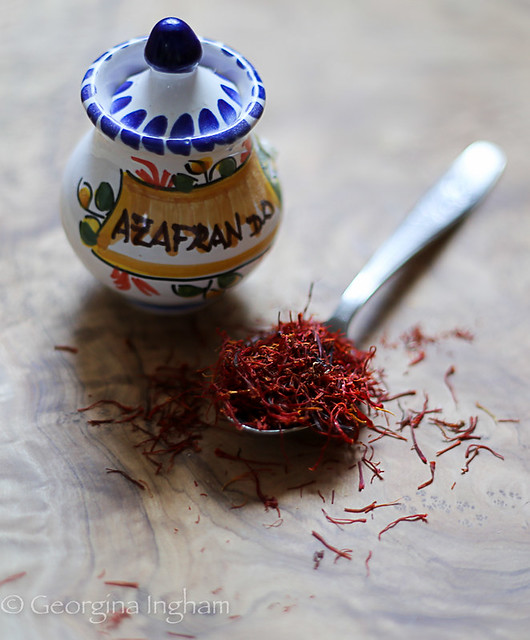
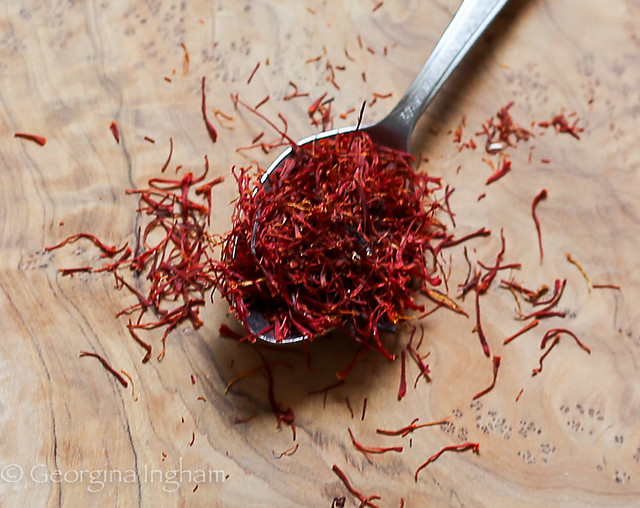

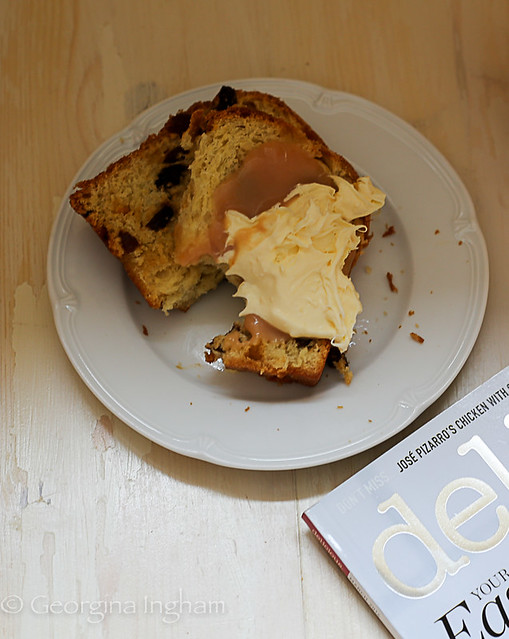

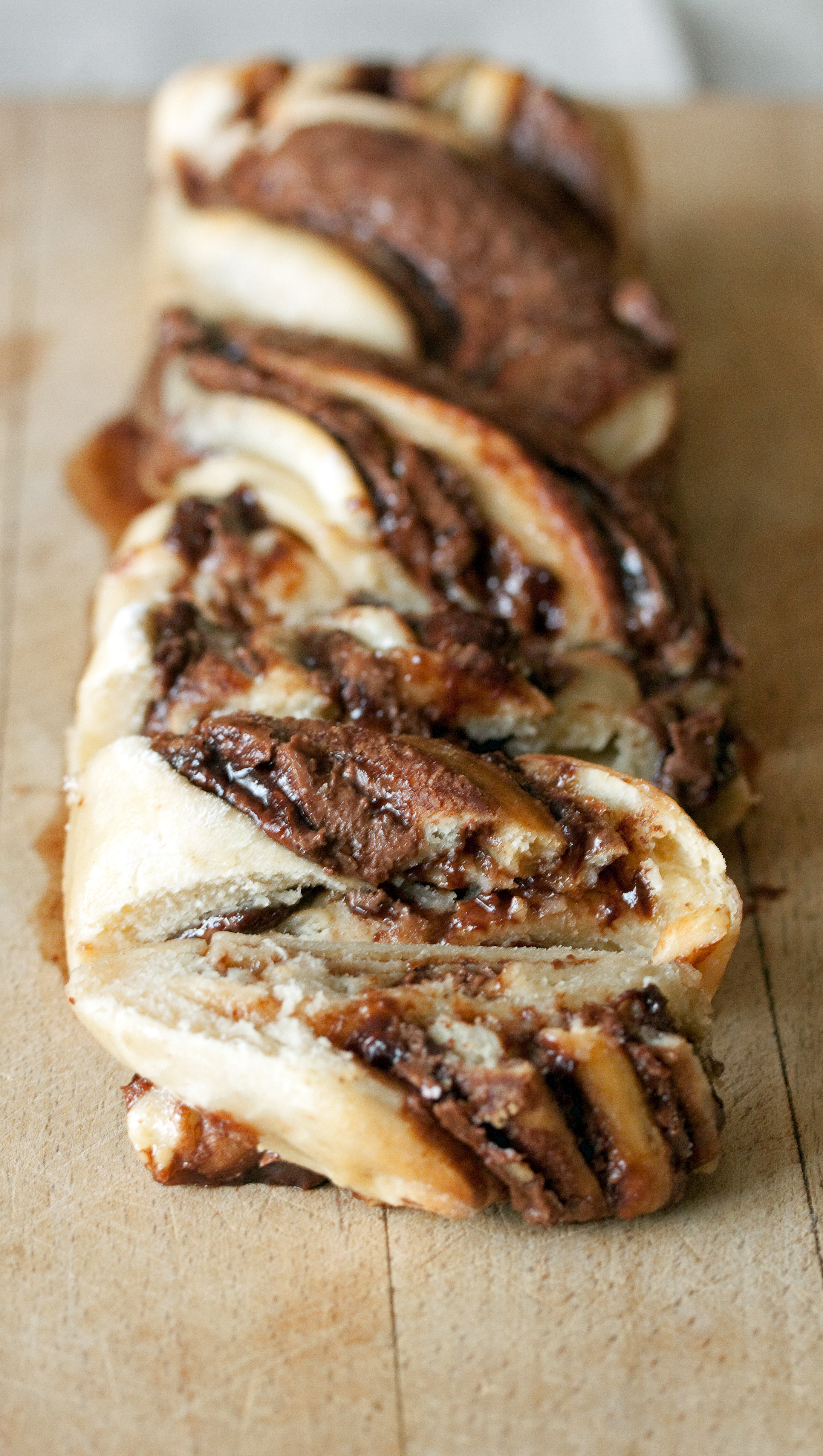
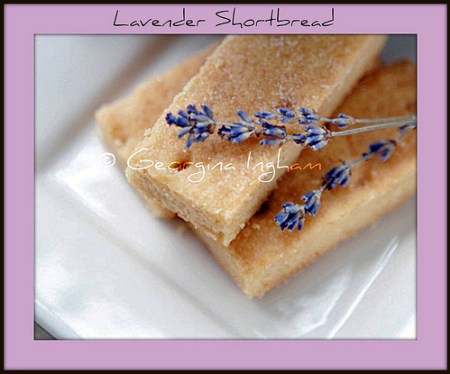
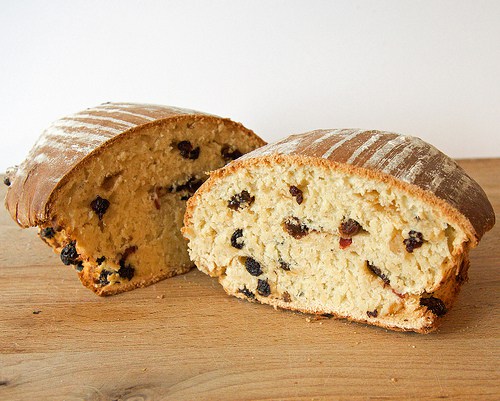
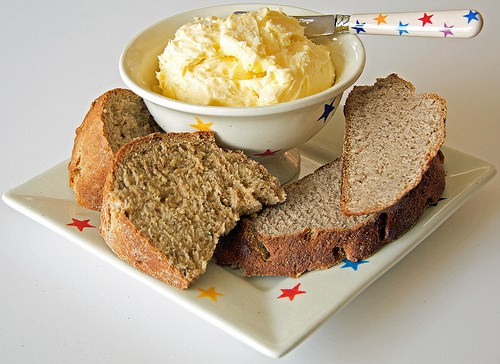





What Our Followers Say
"Oh yum!!! I could eat one or two right now!"
Sami Tamimi
"Such a beautiful pic!"
Nigella Lawson
Our list of things to do in Cork has just expanded hugely thanks to Culinary Travels.
Triskel Art Centre Cork